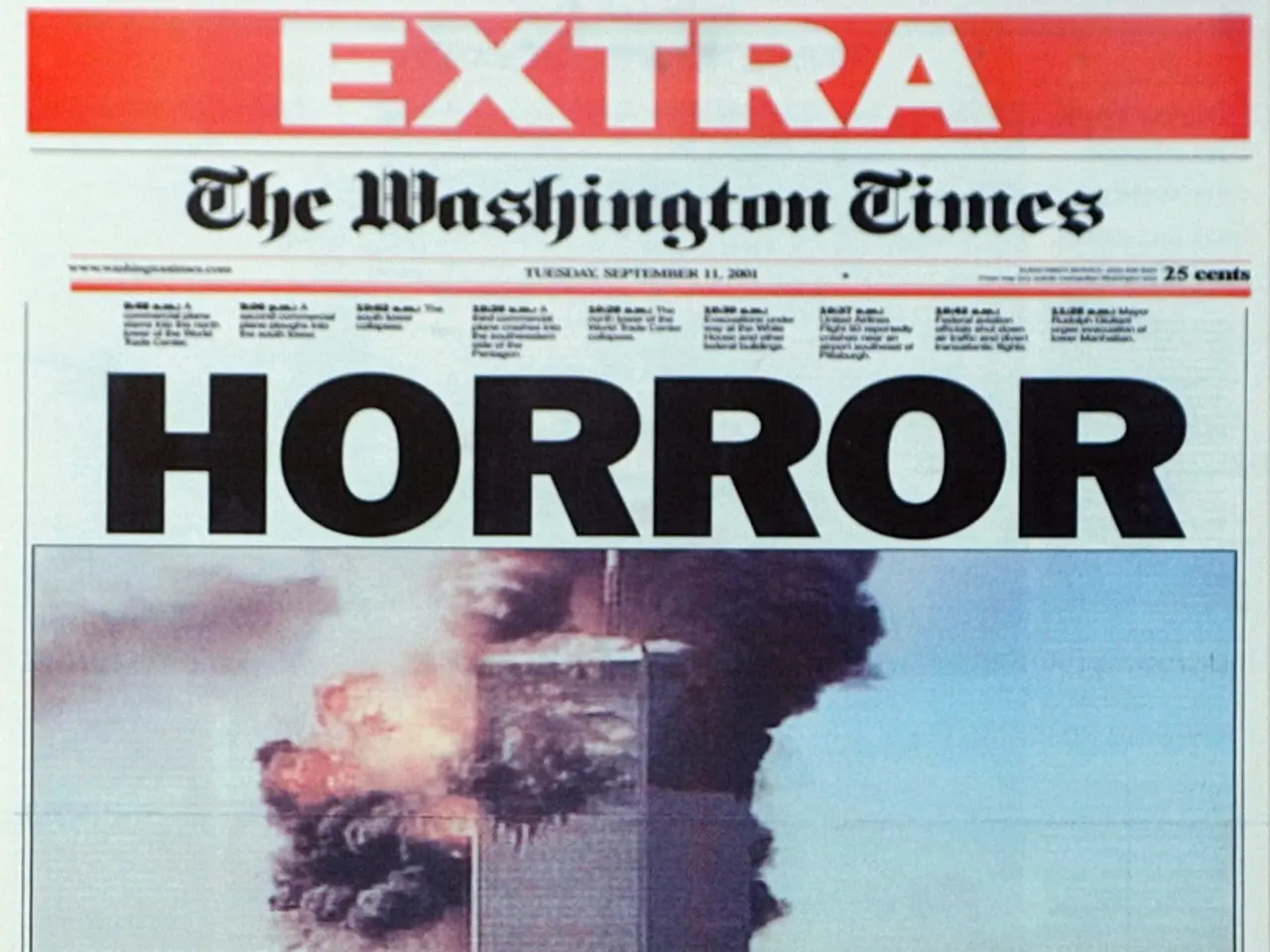Redistricting case in Louisiana set for Supreme Court scrutiny, threatening potential undermining of the Voting Rights Act
The Supreme Court's Louisiana v. Callais case, set to be one of the most significant appeals of the year, is poised to shape the future of race-based redistricting and the Voting Rights Act (VRA) in the United States. The case centres around whether Louisiana's congressional map, which created a second majority-Black district to comply with Section 2 of the VRA, constitutes unconstitutional racial gerrymandering.
The key legal question is whether race must always be the predominant factor when drawing Section 2 districts, subjecting such maps to strict scrutiny, the most stringent judicial review. If the Court decides that strict scrutiny applies to all Section 2 districts, this would make it significantly harder for states to create districts that comply with the VRA's requirement to prevent vote dilution of minority voters.
The Voting Rights Act, enacted in response to post-Civil War efforts to limit the political power of African Americans, requires that states not dilute the power of minority voters during redistricting, such as by "packing" or "cracking" their neighbourhoods. Section 2 of the VRA requires consideration of voters' race to ensure that congressional and state legislative voting districts are drawn fairly.
The Louisiana case arose because Louisiana drew its most recent map with two majority-Black districts following a federal court's rejection of the previous map for VRA violations. Non-African-American voters challenged the new map as an unconstitutional racial gerrymander, arguing race was the overriding factor. The Supreme Court initially stayed a lower court ruling blocking the map’s use.
If the Court answers affirmatively that race-based redistricting required by Section 2 of the VRA is no longer constitutional in Louisiana and states with similar circumstances, it would likely bar a state from adding an additional majority-minority district to ensure that minority voters have an equal opportunity to elect candidates of their choice. This could substantially weaken the Act’s protections against racial vote dilution, restrict states' ability to create majority-minority districts, and alter the landscape of racial redistricting nationwide.
Election experts, such as Richard Pildes, an election law expert at the New York University School of Law, and Rick Hasen, an election law expert at the UCLA School of Law, have described the move as a significant step towards undermining a key pillar of the 1965 Voting Rights Act. The outcome of the case could have nationwide implications, affecting the shape of districts and the electability of key GOP leaders in the House, including Speaker Mike Johnson.
The Supreme Court has asked the parties to submit a new round of briefing by early October, signalling its intent to take a broader look at Louisiana's congressional map. The case thus represents a critical decision point for the future of equitable representation and protections against racial disenfranchisement in U.S. elections.
[1] https://www.npr.org/2021/07/09/1015049704/supreme-court-to-consider-if-states-can-create-majority-minority-districts-without-v [2] https://www.nytimes.com/2021/07/08/us/politics/louisiana-voting-rights-act-supreme-court.html [3] https://www.law.cornell.edu/constitution/fourteenth_amendment_section_1 [4] https://www.reuters.com/legal/government/supreme-court-asks-parties-brief-louisiana-redistricting-case-2021-07-08/
- The Supreme Court's decision in Louisiana v. Callais case could significantly affect policy-and-legislation related to race-based redistricting and the Voting Rights Act (VRA) in the United States, potentially altering the landscape of racial redistricting nationwide.
- The outcome of the Louisiana v. Callais case, centering around Louisiana's congressional map and the Voting Rights Act (VRA), could have far-reaching implications for politics, possibly undermining a key pillar of the 1965 Voting Rights Act and restricting states' ability to create majority-minority districts, thereby impacting the representation and electability of certain politicians in the House.






